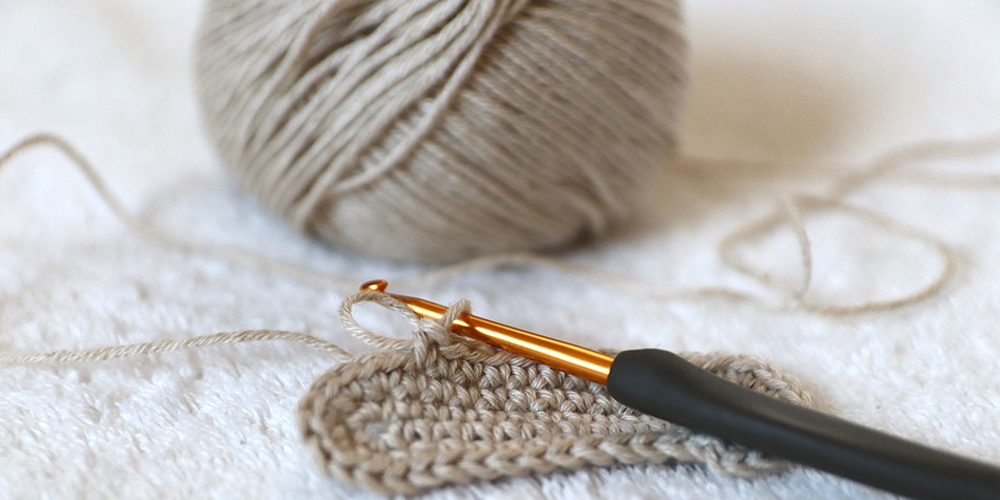
History of Knitting
Finding the origins of knitting is one of the most difficult tasks for archaeologists and scientists. There has been evidence of knitting being practiced in several different parts of the world. It has taken humankind centuries to only somewhat trace the real origin of this biblical hobby.
A cloth cannot be preserved. Even when done right, only scarce such knitted products can survive the wraith of natural decomposition. Evidence suggests that only a few knitted artifacts and products have been found so far. Yet, it has not been able to help us determine the original source of knitting. The question still remains – What is the history of knitting? Who invented it?
What we know so far
Knitting is one such rarity that has experienced the test of time, history, and cultures itself. The unlimited number of articles published on the origins of knitting have only been able to theorize potential areas of inception but not the actual facts. There is a vast amount of knowledge on the same:
- Initial findings state the origins of knitting come from the Middle East and that trade helped spread knitted products/clothes across the world through trade routes.

- Evidence of Knitting dates back to between the 3rd and 5th centuries AD. However, evidence also suggests that some artifacts produced by knitting have been found from around 1000 AD.
- The earliest dated evidence found suggests that the patterns of knitting were intricate. It means that knitting must have been around for way more than found. Hmm! Interesting.
- The actual method of knitting (making fabric with yarn on two or more needles) in Arabic areas was traced back to fishermen who would use knitting to create unique nets to trap fish. They say that necessity is the mother of innovation. Absolutely true!
- The first examples of knitted fabrics contained religious symbols, blessings, or other notations to ward off bad luck.
- One of the earliest knitted products was a pair of socks found in Egypt dating back to the 5th century AD. It can be found at the Petrie Museum of Archaeology in London.
Additional information
The earliest technique was called Nålbinding. It looked like knitting but upon clear examination, it wasn’t so. Knitting uses two knitting needles to create loops while Nålbinding used only one to loop, then knot and split the fabric. This is a process similar to sewing. The fabric however looks nearly identical. Hence, Nålbinding is considered knitting of the earlier centuries.
Knitting done by hand in the early ADs was by using delicate hand-carved sticks of either wood, bone, quill, ivory, or metal wires. Some of the early needles were also made of copper. They were designed as more of hooks than needles. An interesting fact is that the knitter invented his own needle to suit his hands, speed, and methods. This gave the knitted object an excellent result.

As knitted garments started spreading, the art was soon appreciated by Kings and Kingdoms alike. This led to a huge rise in knitters across Arabia, Europe, and England. The rest of the world followed suit. Knitting is still a delight as it was all these centuries ago.
It is true that the humankind has an inherent eye towards intricacy and true forms of art. The history of knitting just proves the same. It was loved by everyone, not as garments but also as a part of the art. This is something Vardhman Knitting World aims to sustain.
For yarns and much more, visit https://www.vardhmanknitworld.com/

